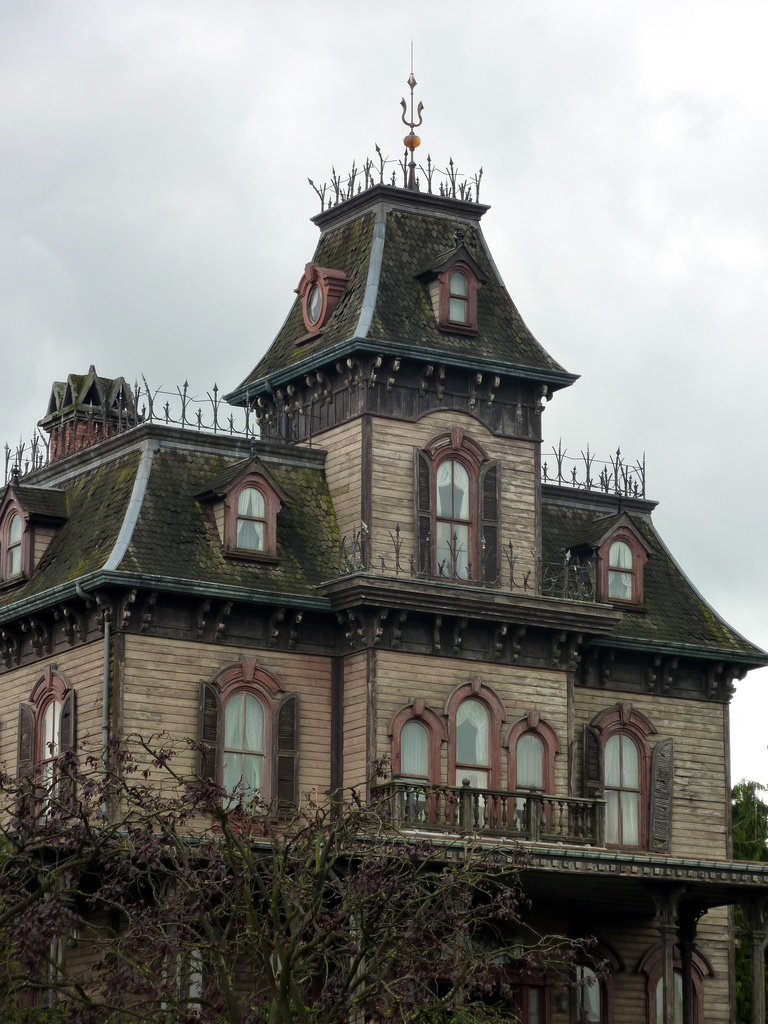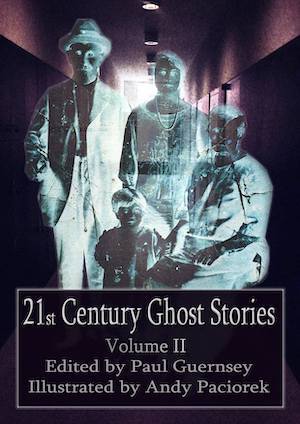How Does A House Become Haunted?
People have talked about haunted houses for at least two thousand years. The oldest written story or account of a haunted house was penned by a Roman named Pliny the Younger, who wrote a letter describing a haunted villa in Athens. According to Pliny, in addition to a phantom who frightened passers-by, the deserted house was infamous for the crashing noises and the sounds of rattling chains that emanated from it at night.
Haunted houses are dwellings said to be inhabited by one or more ghosts who have some sort of attachment to the place that makes them unwilling or unable to leave it. In many accounts the living person who became the haunting spirit was murdered in the house; in others, the ghost him- or herself is that of a murderer. Ghosts are also said to haunt a dwelling because of a strong connection to someone or something inside it—a precious object, or a relative or other person who lives there or used to live there, and whom the ghost hopes will return one day.
Ghost that haunt houses often are thought to be malevolent, and are feared. But many people who report living or working under the same roof as a ghost view it as harmless, and even friendly. Sometimes, haunting spirits even inspire pity in the people see them or sense them moving about the building.
Houses likely to gain a reputation for being haunted include ones in which a horrible crime has occurred, dwellings that have been abandoned for a long period, dwellings that stand far from other buildings, houses where people regarded as “strange” live or once lived, houses that are in poor repair, old houses with a lot of history behind them, and houses with unusual architecture. In the U.S., Victorian-stye buildings in particular, such as the one pictured above, seem to inspire spooky sentiments in a a lot of people, especially around Halloween.
But do ghosts really haunt houses? Are haunted houses “real?” Although a lot of people swear that they are, hauntings have never been scientifically proven. However, they are unlikely ever to be definitively disproven, either. . . .
People who debunk hauntings cite research indicating that when people have heard ghosts stories about a place or are otherwise frightened by it, they are psychologically susceptible to misinterpreting things that they see and hear, as well as to imagining that they have seen and heard things that did not actually occur.
In addition, debunkers correctly point out that older houses often are naturally full of strange sounds—creakings and groanings—as well as such seemingly spooky phenomena as cold drafts, bats, and rodents. Some researchers also say that houses can contain or produce unhealthy substances—mold spores, carbon monoxide, formaldehyde fumes—that can cause hallucinations.
As for our beliefs here at TGS—we’ll keep our eyes and ears open!


